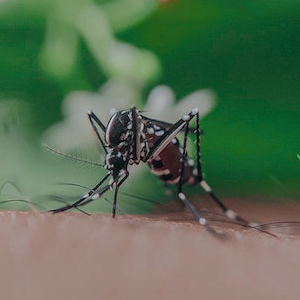Case Reports
Vol. 16 No. 1 (2022)
Atypical presentation of West Nile encephalitis: a brief report and review of the current literature

Publisher's note
All claims expressed in this article are solely those of the authors and do not necessarily represent those of their affiliated organizations, or those of the publisher, the editors and the reviewers. Any product that may be evaluated in this article or claim that may be made by its manufacturer is not guaranteed or endorsed by the publisher.
All claims expressed in this article are solely those of the authors and do not necessarily represent those of their affiliated organizations, or those of the publisher, the editors and the reviewers. Any product that may be evaluated in this article or claim that may be made by its manufacturer is not guaranteed or endorsed by the publisher.
Received: 25 September 2022
Accepted: 7 November 2022
Accepted: 7 November 2022
1127
Views
396
Downloads
15
HTML







